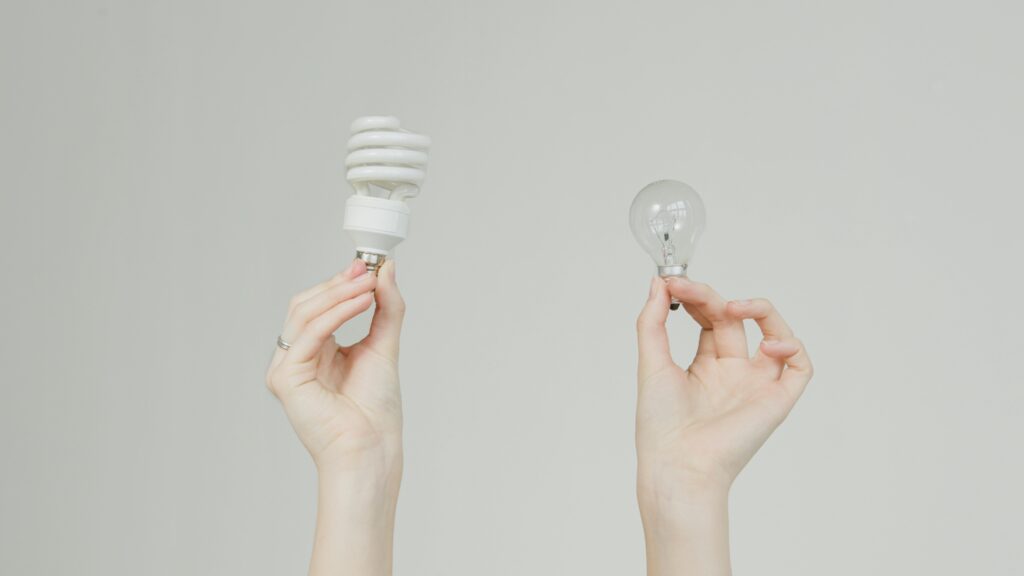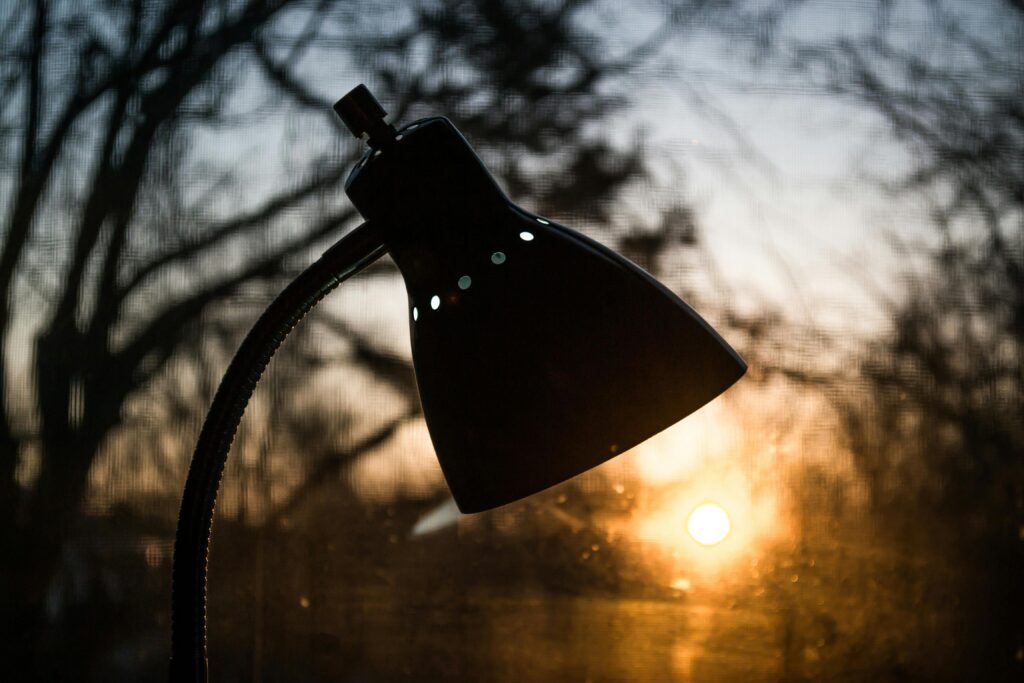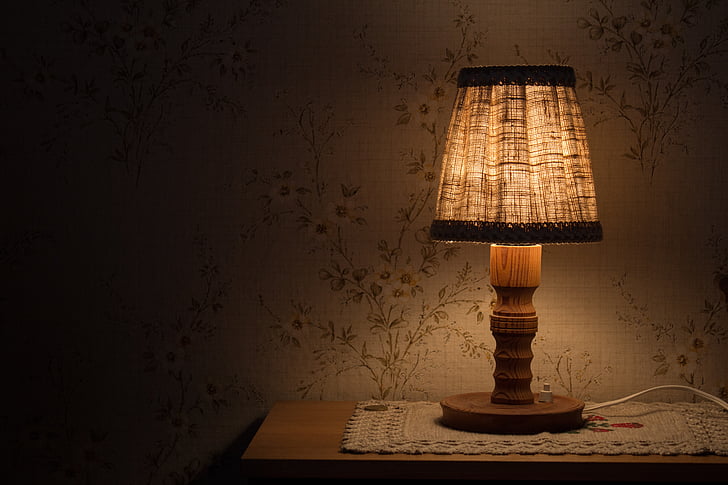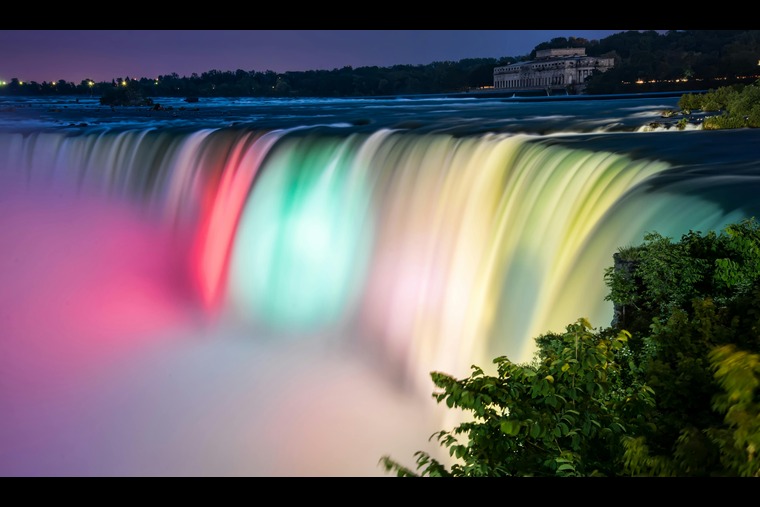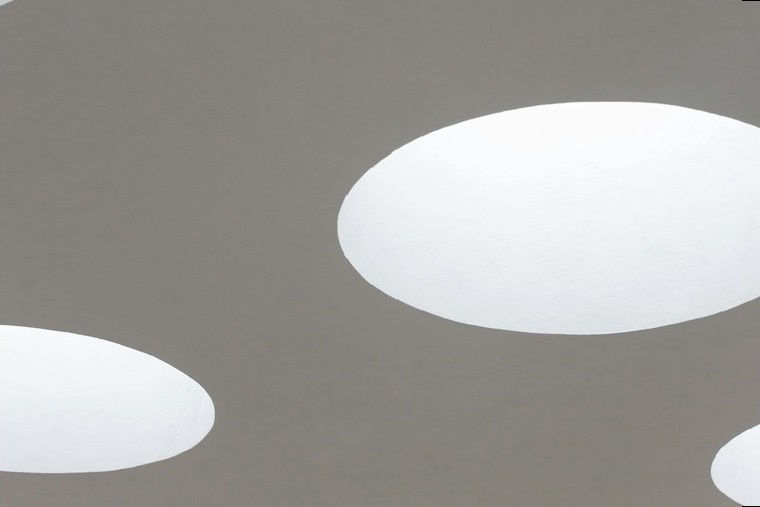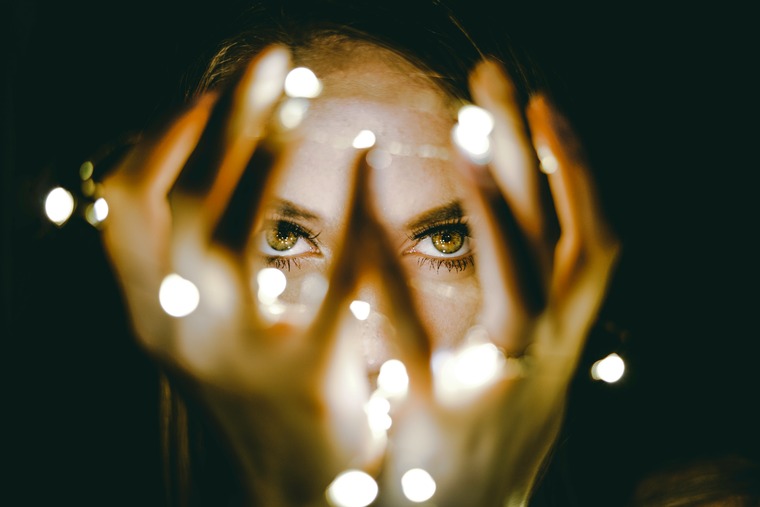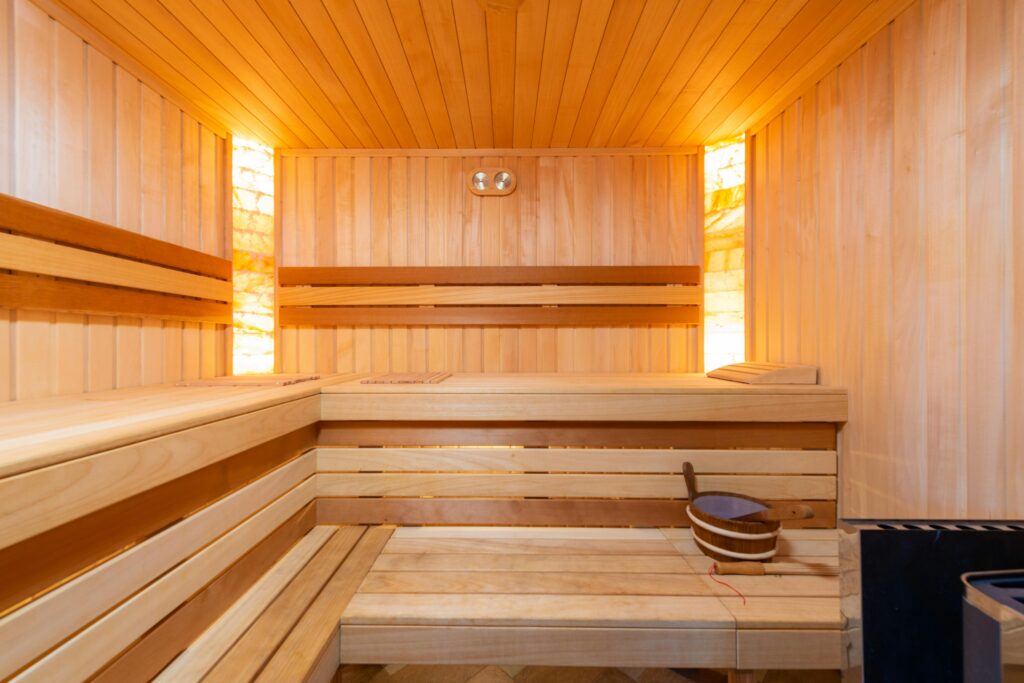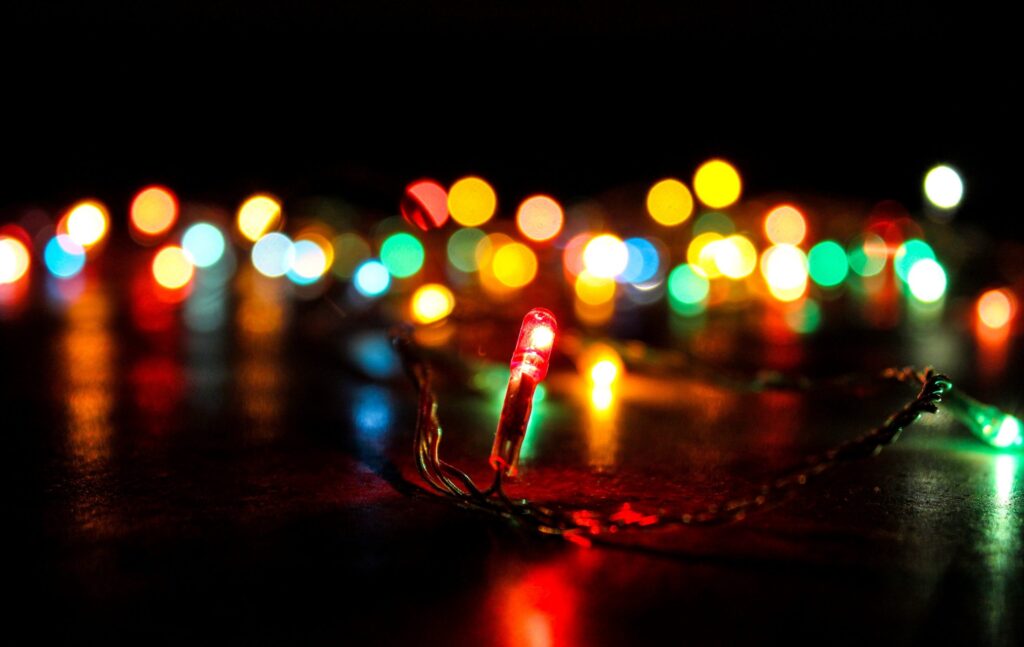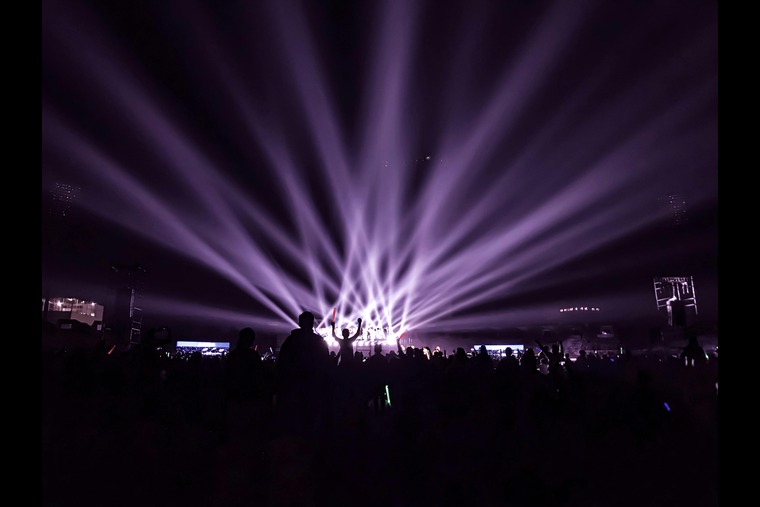In recent years, lighting has changed a lot because of new technologies that focus on saving energy, cutting costs, and protecting the environment. Two common types of lighting that many people use today are Light Emitting Diodes (LEDs) and fluorescent lights. This article will take a closer look at these two options, comparing them in several important areas, such as how much energy they use, their costs, their impact on the environment, and other key differences.
Technology Overview
Light Emitting Diode (LED)
An LED is a device that lights up when electricity flows through it. It works by having electrons and holes combine, releasing light. LEDs are tough and long lasting because they don’t need a vacuum or gas filled tubes like other lights.
Key Features
- Instant Illumination: LEDs turn on instantly, providing light the moment you flip the switch. Unlike some other types of lighting, LEDs don’t require time to warm up or reach their full brightness.
- Directional Lighting: LEDs emit light in a specific direction, reducing the need for reflectors or diffusers.
- Variety of Colors: LEDs can produce a wide range of colors without needing additional filters.
Fluorescent Lights
Fluorescent lights use mercury vapor in a glass tube to create UV light. This UV light hits a coating inside the tube, which then glows and produces visible light. You can find fluorescent lights in both compact forms, like CFLs, and long tube shapes, like T8, T5, and T12.
Key Features
- Requires a Ballast: Fluorescent lights need a ballast to control the electrical current and make sure they work correctly.
- Omnidirectional Illumination: Fluorescent tubes emit light in all directions, often necessitating reflectors to focus the light.
- Warm-Up Time: Some fluorescent lights take time to warm up to full brightness, especially in cold environments.
Important in Light Emitting Diode (LED)
Energy Efficiency
LED lights use electricity more efficiently by converting most of it into light instead of heat. They use 60% to 90% less energy than regular bulbs and up to 50% less than fluorescent lights. Typically, LED bulbs give off 80 to 100 lumens per watt, and some even perform better.
Lifespan
LEDs have a major perk: they last a really long time. Most LED bulbs work for 25,000 to 50,000 hours, and some can go even longer if taken care of properly. This means you don’t need to replace them often, which saves money and cuts down on waste.
Light Quality
LED lights can offer different colors of light, from warm yellowish light to cool bluish light They have a Color Rendering Index (CRI) between 80 and 98, with higher numbers showing colors more accurately. Modern LEDs can mimic natural daylight or create specific colors for special uses.
Cost
LED lights cost more to buy than fluorescent bulbs at first, but they save money in the long run through lower energy and maintenance costs. Over time, LEDs are cheaper overall because they use less energy and last longer.
Environmental Impact
LEDs are good for the environment because they save energy and don’t have harmful materials like mercury. They can be fully recycled, and their long life means fewer bulbs go to landfills.

Safety
LED lights are safer because they operate at lower temperatures, reducing the risk of burns or fires. They also don’t contain hazardous materials like mercury, making them safer for both users and the environment.
Applications
LED lights have versatile applications, making them ideal for a variety of settings. In homes, they provide energy efficient and customizable lighting solutions, enhancing the ambiance of living spaces. In commercial and industrial environments, LEDs offer robust and reliable illumination, reducing energy costs and maintenance needs. Their adaptability and efficiency make LEDs a superior choice for virtually any lighting requirement.
Installation and Maintenance
The installation of LED lighting is relatively straightforward and simple, requiring minimal labor and expertise. Once installed, LEDs demand virtually no maintenance, with a long lifespan of up to 50,000 hours or more, eliminating the need for frequent replacements
Important in Fluorescent Lights
Energy Efficiency
Fluorescent lights save energy, especially compared to old fashioned bulbs. Standard fluorescent tubes (T8) give off about 50 to 100 lumens per watt, while compact ones (CFLs) produce 45 to 75 lumens per watt.
Lifespan
Fluorescent bulbs last longer than regular bulbs, typically between 7,000 and 15,000 hours. Compact fluorescent lamps (CFLs) don’t last as long as tube fluorescents because they’re smaller and run hotter.
Light Quality
Fluorescent lights often have a lower CRI, usually between 60 and 85, and might not show colors as accurately as LEDs. They’re also known for having a cooler, sometimes harsh light, although newer models have improved in warmth and color quality.
Cost
Fluorescent bulbs cost less upfront, but they end up being pricier over time because they don’t last as long and use more energy. Also, since they need ballasts, the initial setup and ongoing maintenance can be more expensive
Environmental Impact
A big problem with fluorescent lights is that they have mercury, which is toxic and can be dangerous if the bulb breaks or isn’t disposed of properly. They need special handling and recycling to keep mercury from harming the environment.
Safety
Fluorescent lights pose some safety concerns due to the presence of toxic materials like mercury and lead. When broken or disposed of improperly, these chemicals can contaminate soil and water, harming humans and wildlife. Additionally, fluorescent lights can also emit harmful ultraviolet (UV) radiation and produce electrical hazards if not installed or maintained correctly
Applications
Fluorescent lights are versatile and widely used in various settings, including offices, schools, hospitals, and industrial facilities. They are ideal for lighting large areas, such as warehouses, factories, and retail spaces, due to their energy efficiency and long lifespan. Additionally, fluorescent lights are also used in residential areas, including kitchens, garages, and basements, providing cost-effective and reliable illumination.
Installation and Maintenance
Fluorescent lights need careful installation and regular upkeep. This includes replacing old tubes, cleaning, and checking electrical parts. Proper disposal is also crucial to protect the environment from harmful materials.
LED and Fluorescent Light comparison Table
| Feature | LED Light | Fluorescent Light | Recommended |
| Energy Efficiency | 50-70% | 20-40% | LED |
| Lifespan | Up to 50,000 hours | 8,000-10,000 hours | LED |
| Initial Cost | More Costly | Less Costly | Fluorescent |
| Maintenance Cost | Less Costly | More Costly | LED |
| Environmental Impact | Eco-friendly | Not Friendly | LED |
| Color Temperature | Wide range | Limited | LED |
| Dimming Capability | Highly dimmable | Limited dimming | LED |
| Heat Emission | Minimal | Moderate | LED |
Recommendations
New Installations
When installing new lights, choose LEDs for better energy efficiency. LEDs help reduce energy consumption and lower your bills. This smart choice saves you money in the long run.
Upgrades
Replace old Fluorescent lights with LEDs in busy areas. LEDs use less energy and last longer. This swap saves energy and maintenance costs.
Specialized Applications
Fluorescent lights have their place. Use them in industries or medical fields that require unique lighting. Their features provide advantages in these areas. They’re a smart pick for specific tasks.
Conclusion
Comparing LED and fluorescent lights shows that LEDs have many benefits, like using less energy, saving more money in the long run, and being better for the environment. Although fluorescent lights are still useful in some cases, LEDs are often a better choice if you’re looking for long-term savings, better light quality, and a more eco-friendly option. As technology keeps improving, the differences between these two types of lights will probably grow, and LEDs will become an even more popular choice for different lighting needs.

